A Crocodile is any number of species in the Crocodylidae family. Scientists have identified 16 different species within the family.
You can find Crocodiles, along with other crocodilians, like alligators, caimans, and gharials, in the taxonomic order Crocodilia. However, researchers recognize the true Crocodiles as members of Crocodylidae. Read on to learn about the Crocodile.
Description of the Crocodile
Most people can quite easily identify a crocodilian, even if they cannot distinguish between an alligator and a Crocodile. These reptiles are large, and have thick scales, long snouts, and many sharp teeth.
Adults range in size based on the species, age, and region in which they live. They measure anywhere between 5 ft. long and 20 ft. long. The largest individuals reach weights surpassing 2,000 lbs.
Interesting Facts About the Crocodile
Each species is slightly different from the next. Learn more about these incredibly large reptiles, and what makes them unique, below.
- Saltwater Crocodile – Also known as the “saltie,” this species is the largest living reptile in the world. Adult males commonly reach between 14 and 16 ft. long, and some reach 20 ft. or more! As their name suggests, this species often lives in saltwater habitats.
- Dwarf Crocodile – This little species, also known as the “bony,” or “broad-snouted” Crocodile, is the smallest of the Crocodylidae family. Even so, adults measure about 5 feet long. These reptiles live in western Africa.
- Siamese Crocodile – This species is the most endangered in the family. The IUCN lists the Siamese species as Critically Endangered. Humans single-handedly decimated this species via commercial hunting. Nowadays, illegal poaching and egg collecting, habitat loss, and entanglement in fishing gear all threaten the survival of this species.
- Nile Crocodile – Named for its presence in the Nile River, one of the longest rivers in the world, this reptile has quite the reputation. Because of its close proximity to humans, these reptiles attack people with surprising frequency. Researchers estimate that more than half of all attacks result in fatality because of this reptile’s size.
Habitat of the Crocodile
While each species has its own preferred habitat type, all 16 are semi-aquatic. They spend most of their time in the water, but often haul out onto the bank to sun themselves. Some live primarily in saltwater, some live mostly in freshwater, and others utilize brackish habitats.
You can find the various species in rivers, river mouths, swamps, lakes, billabongs, reservoirs, estuaries, and more.
Distribution of the Crocodile
You can find various species on every continent except Antarctica. They live primarily along the Equator across their ranges. Four species live from southern North America, through Central America and into northern South America.
Three species live throughout various regions of Africa, and the remaining seven species reside throughout southern Asia, northern Australia, and the islands between them.
Each species has its own unique range and distribution. Many species have overlapping populations. Some live across vast areas while others reside in just a small region.
Diet of the Crocodile
These reptiles are carnivorous creatures that only eat meat. Their diets vary drastically based on where they live, how large they are, and their species. Hatchlings and juveniles feed on insects, incest larvae, small fish, shrimp, frogs, and other small aquatic creatures. Adults feed on turtles, monkeys, snakes, large fish, and even large hoofed mammals.
They are ambush predators. Despite their large size, these crocodilians hide beneath the water with only their nostrils and eyes showing. When prey approaches too close to the water, they lunge forward and grab them in their powerful jaws.
Crocodile and Human Interaction
Human interaction ranges drastically based on the species at hand and the region that they live in. Conflicts in Africa and India are much more common because people must use the rivers to collect water. Because of their large size, attacks often result in fatality.
The impacts of hunting and habitat destruction also vary based on the species. Some species face greater threats, while others have strong population numbers.
Domestication
Humans have not domesticated these large reptiles in any way.
Does the Crocodile Make a Good Pet
None of the various species make good pets. At a minimum adult size of five feet, you simply cannot properly house these creatures. Additionally, most species pose great danger to humans if they view them as a food source.
Crocodile Care
People keep various species in zoos and farms. Zoos house the animals for education purposes, and teach the public everything they need to know about these reptiles, including how to avoid dangerous confrontations. Farms raise and breed these crocodilians for their skin and their meat.
Behavior of the Crocodile
Most reptiles live solitary lives, but many species of crocodilians often live together in large groups. However, these groups of animals do not form cohesive bonds or social structure outside of their size.
They congregate together at basking areas and lie in the sun quite close to one another. Often, groups compete for choice parts of a large kill, like a buffalo.
Reproduction of the Crocodile
During the breeding season, males become quite aggressive towards one another to win a mate. After mating, the female digs a nest to lay her eggs. The number of eggs in a clutch varies based on the species, and some species lay up to 95 eggs in a single nest.
Incubation period also varies based on the species and the temperature of the eggs, but most hatch after 2 or 3 months. Most females protect their nests during this period, and dig the young out when they are ready to hatch. Females of some species guard their young until they are up to a year old!

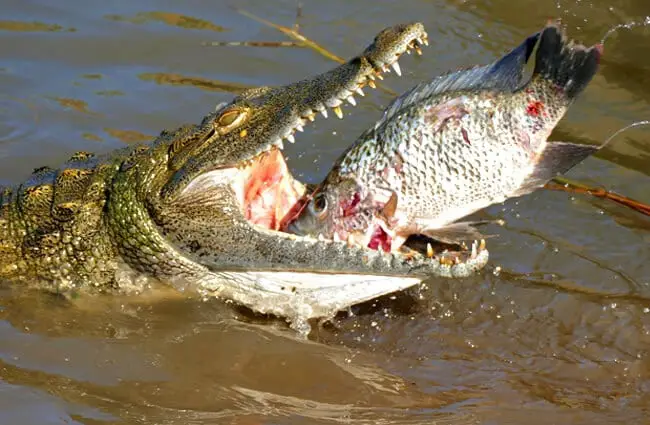

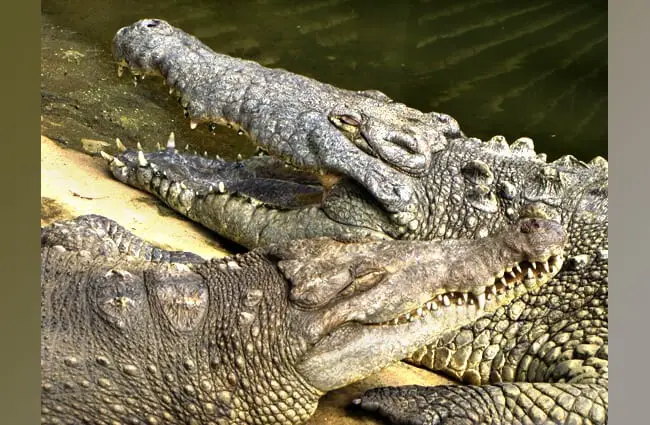

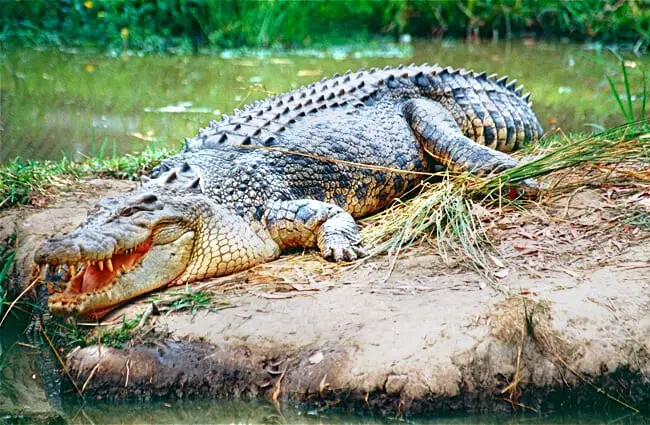
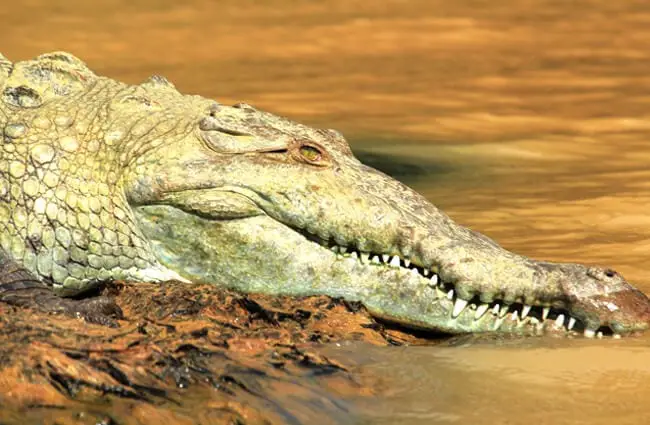
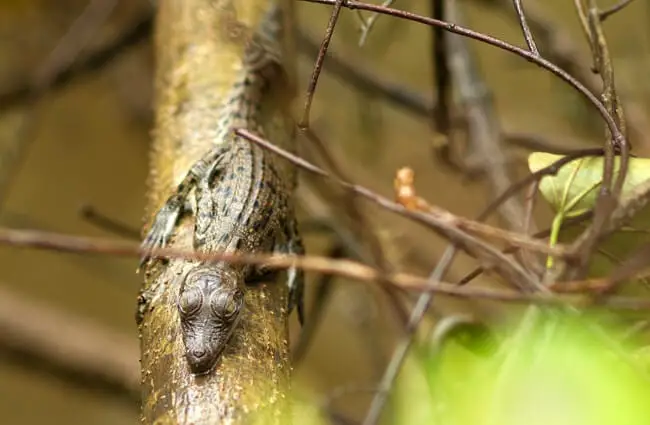



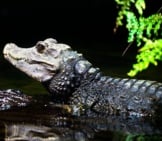
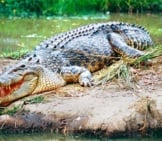
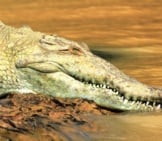

![Red Angus Closeup of a beautiful Red Angus cowPhoto by: U.S. Department of Agriculture [pubic domain]https://creativecommons.org/licenses/by/2.0/](https://animals.net/wp-content/uploads/2020/03/Red-Angus-4-238x178.jpg)


![Red Angus Closeup of a beautiful Red Angus cowPhoto by: U.S. Department of Agriculture [pubic domain]https://creativecommons.org/licenses/by/2.0/](https://animals.net/wp-content/uploads/2020/03/Red-Angus-4-100x75.jpg)

